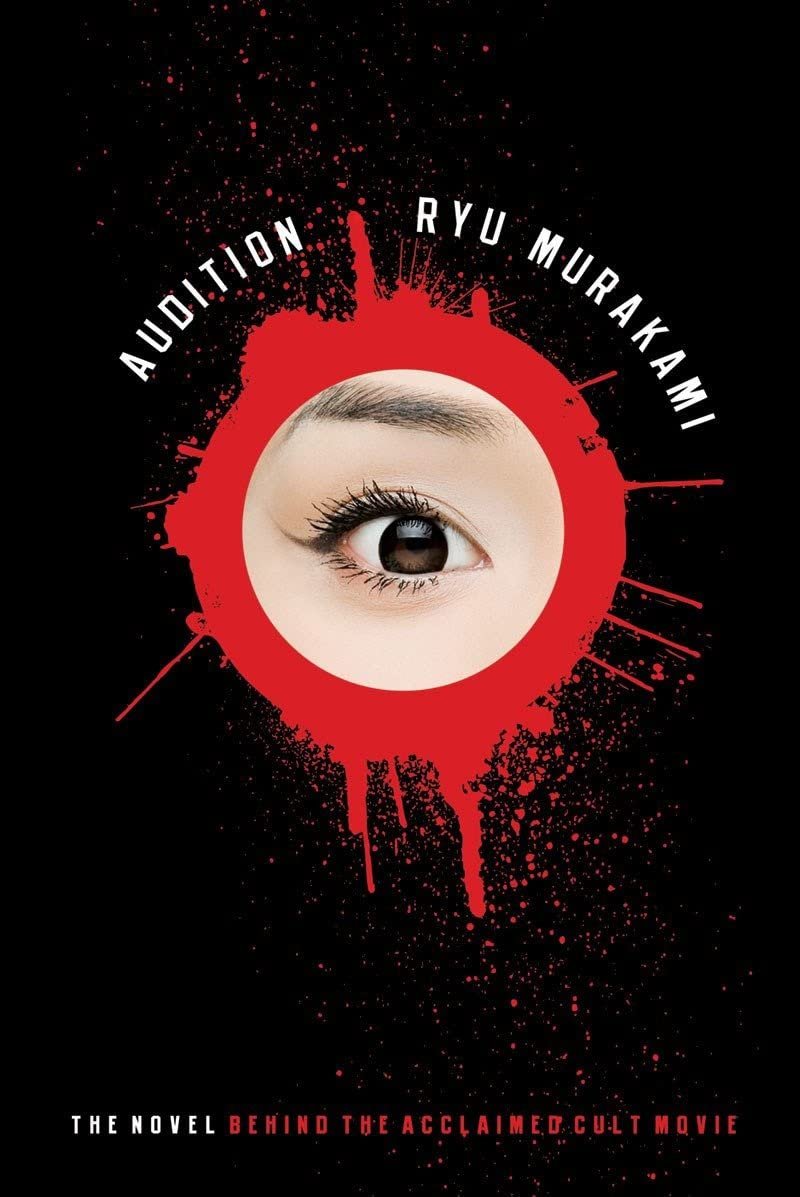The Sabukaru Guide to 10 Bizarre Japanese Movies

“Weird” is most definitely in the perimeter of interest for Japanese culture.
Mostly in the entertainment industry, Japanese artists are releasing unique projects to revolutionize their sector, delivering never-been-done-before ideas and unprecedented charm for the weird and absurd. Nowadays, these art pieces are accessible worldwide, mostly for Japanese film, which has been hitting the silver screen overseas since the 1920s. Sabukaru collected our favorite movies that are absurd as they are captivating.
Tampopo, 1985
Tekkonkinkreet, 2006
Adapted from the manga written by Taiyo Matsumoto of the same title, this anime movie follows two orphans protecting their desolate city Takaramachi from local yakuza, who plan on rebuilding it to turn it into a theme park and profiting off of it. The contrast between the vivid and playful graphics and the violence depicted in the movie is innovative for a gangster story. Tekkonkinkreet is a not-so-average tale about friendship, strength, and morality.
Paprika, 2006
Paprika is an anime movie by the director Satoshi Kon, also known for his film Perfect Blue. The story follows psychologist Atsuko Chiba and Paprika, her dream-explorer alter-ego. After the creation of the DC Mini, a device that enters patients’ dreams, is hacked into, Paprika hops from reality to the dream world to prevent the worst: an apocalyptic place where real-life knows no boundaries with fantasy.
Milocrorze: A Love Story, 2011
Over-the-top is undermining to describe in this film. Three men, played by Takayuki Yamada, tackle life as their luck with women plummets. The first man, Ovreneli Vreneligare, dedicates his youth to impress his crush Milocrorze. The second, Besson Kumagai, a self-centered love counselor, helps out the third man, a samurai named Tamon, who wishes to have his wife back. Directed by Yoshimasa Ishibashi, it’s a bewildering movie about the male gaze hand-in-hand with desire and imagination.
Strange Circus, 2005
One of the best-known works of Sono Sion, Strange Circus is a film about the twisted backstory of a tormented writer. The perverted and dirty secrets of a family are slowly unveiled through the literary work of Taeko, and the truth about her identity is brutally uncovered by her assistant Yuji. Although a chock-full of gore and violence, it is nonetheless a great piece for absurd Japanese cinema.
Tampopo, 1985
Tampopo, directed by Juzo Itami, might be the closest cinematic equivalent to a hearty bowl of ramen noodles. The plot revolves around the deteriorating ramen shop Tampopo has, who also happens to be a widowed mother. She teams up with a truck driver and several other customers to rebuild her business. Tampopo is an eccentric film exploring relationships around food and the notion of love and dedication.
House, 1977
House is the creepy and supernatural journey of seven girls staying at one of the girls’ aunt’s home for the summer. However, what was supposed to be a wholesome vacation turns quickly into a freak show. The girls disappear in gruesome conditions one after the other, and it seems that the house is responsible for the accidents. A trippy horror movie, it was directed by Nobuhiko Obayashi, who got inspired by the childhood fears of his daughter.
Gozu, 2003
A yakuza film gone wrong describes Gozu best. Minami, a member of the yakuza, is set to kill his deranged brother by his boss. After murdering him, Minami loses the body but finds a young woman claiming to be his brother in a different body. Simultaneously comedic and bloody, Gozu is a succession of disorienting and vulgar events, surprisingly delivering a somewhat happy ending. A classic in director Takashi Miike’s body of work.
Funky Forest, 2005
Slimy man-faced creatures, the Pinkie Pankie monster, and good old lonely Guitar Brother, bizarre is the right word for this film directed by Katsuhito Ishii. Unlike traditional films, Funky Forest is a sequence of free-associative episodes that swallow the genre of slapstick comedy, false innuendoes, and some occasional dancing. To some extent wholesome, this movie definitely lives up to its name, with its extraordinarily weird stories.
Symbol, 2009
Symbol is artsy, to say the least. With the dual plot of the upcoming match for luchador Escargot Man in Mexico getting played out while a Japanese man dressed in bold pajamas wakes up in an empty white room with random objects popping out from its walls, this film is for those who expect the unexpected. Director Hitoshi Matsumoto delivers an eclectic comedy that hides a profound outlook on life.
Dreams, 1990
Probably the most lyrical film on this list, Dreams by Akira Kurosawa is a collection of the director's recurring dreams. From sunny meadows celebrating life to miserable memories-turned-nightmare, this film dives deep into spirituality, fears, and deep-rooted scars, as well as the mystic forces of nature. Ranging from visions from his childhood to his adulthood, Dreams is like visiting a never-ending tunnel of bright visuals, Japanese folklore, and culture.
About the Author:
Mizuki Khoury
Born in Montreal, based in Tokyo. Sabukaru’s senior writer and works as an artist under Exit Number Five.





